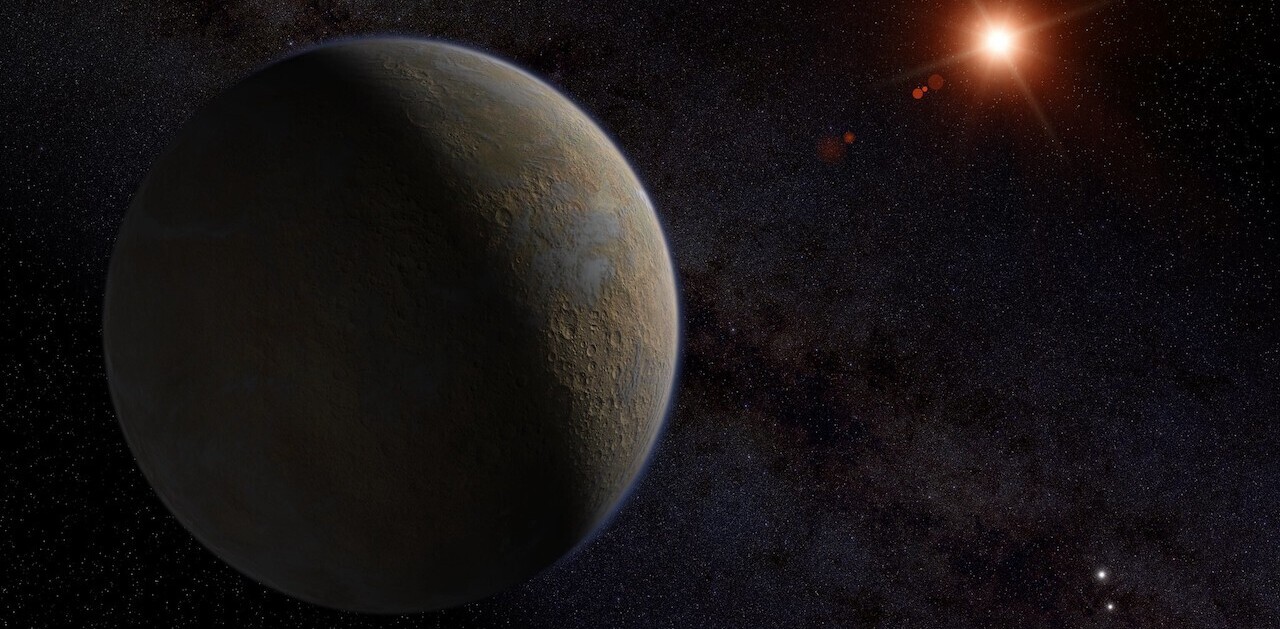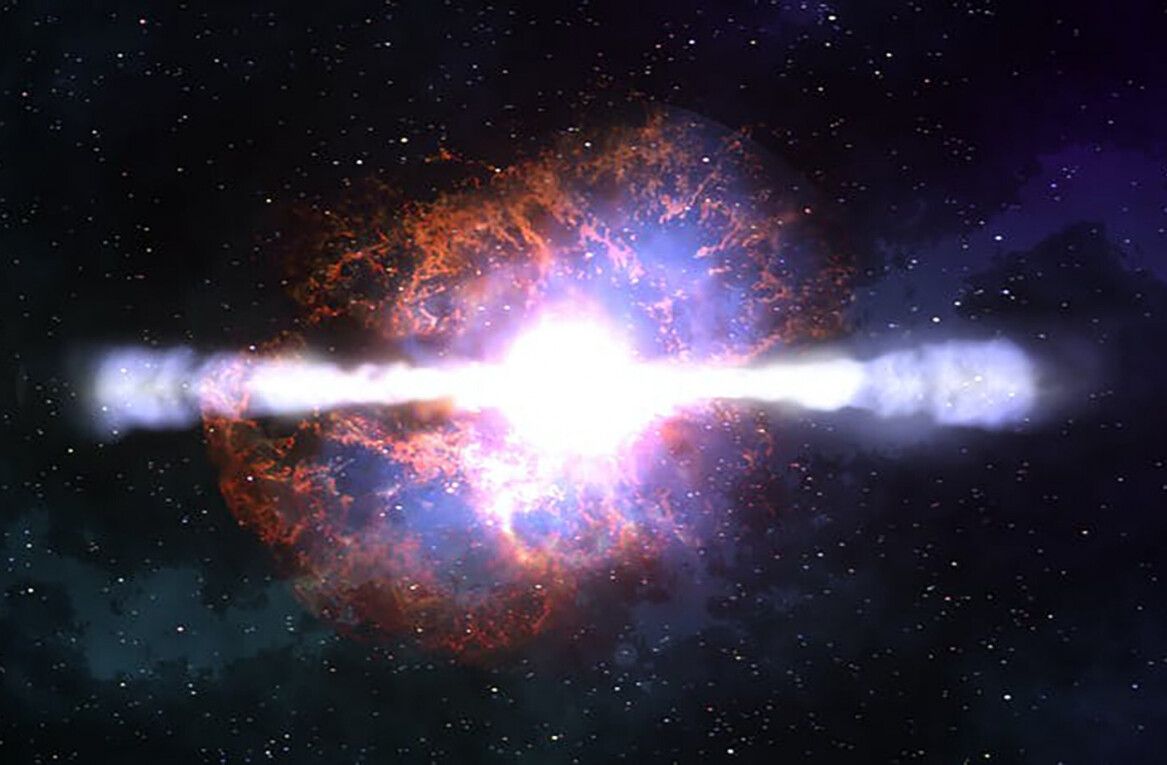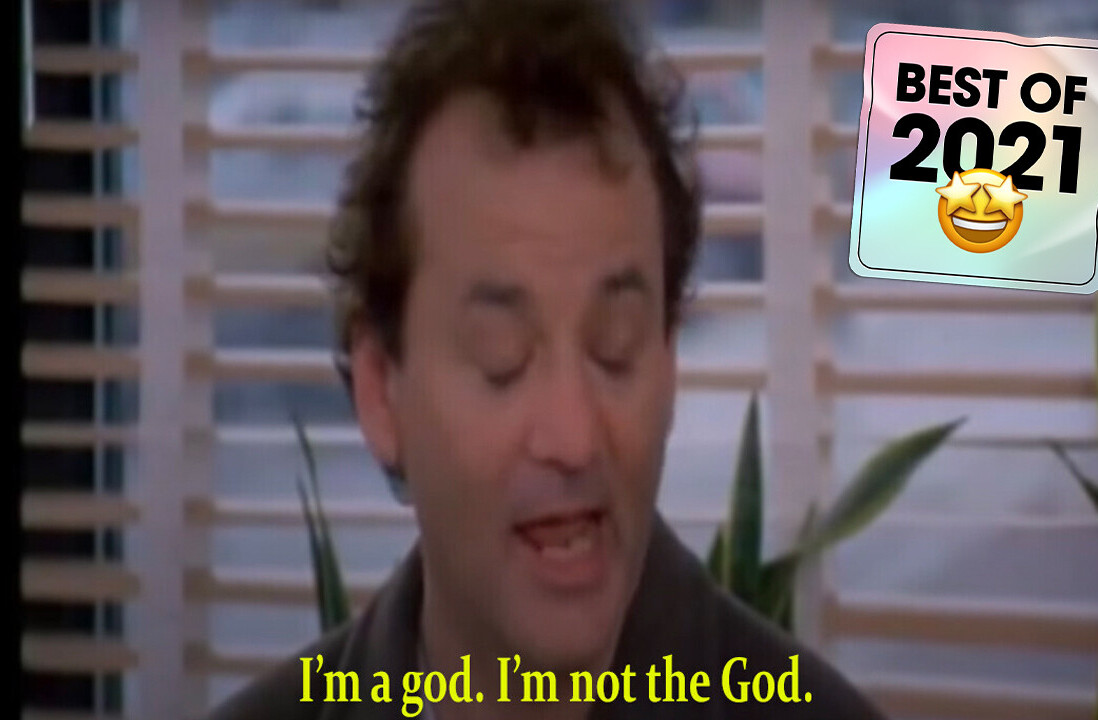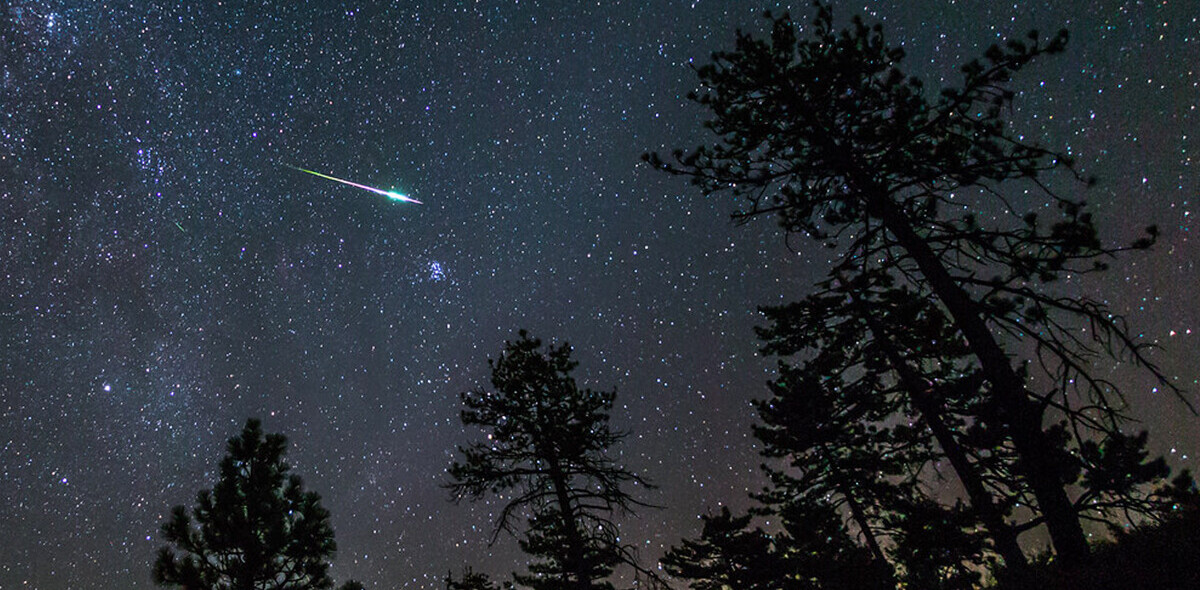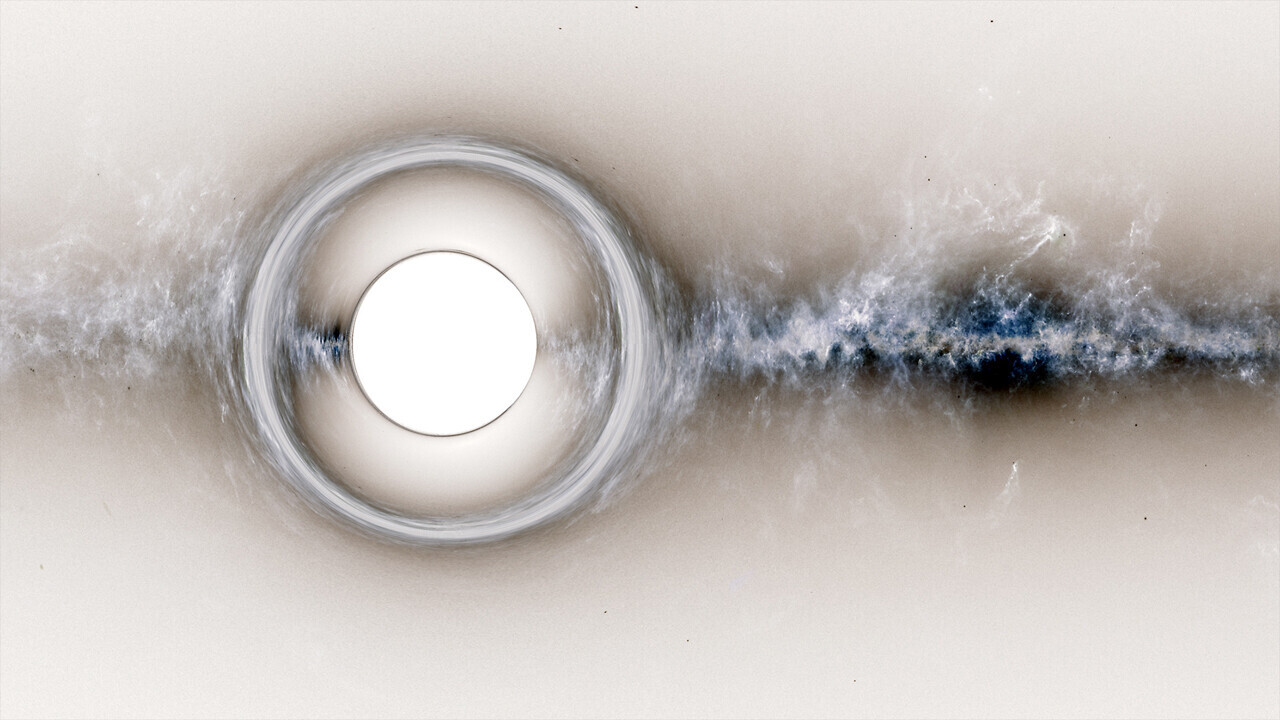
Einstein and other early proponents of quantum mechanics felt strongly that black holes, somehow, were the key to solving the whole… universe problem.
How did the universe get here? When did it get here? How big is it? What’s it made of?
Unfortunately, our position in the cosmos makes it difficult to answer any of those questions. We’re stuck here about 1,500 light years away from the nearest black hole.
Scientists have posited many explanations for the existence of black holes, but all we really know about them is that they suck.
Theoretically, black holes have infinitely dense centers. And that’s almost not worth thinking about – it’d take forever to fully contemplate infinity. But it does stand to reason that the existence of an infinitely massive singularity would intimate the existence of an object with an infinitesimally small central mass. A white hole, if you will.
White holes
Scientists basically describe white holes as origin stories for black holes.

Imagine you’re staring at the edge of a black hole and you see a single particle enter it. It should take an infinite amount of time for that particle to travel through the center of the black hole due to its infinite mass.
So, if you time-traveled infinitely far into the future, you’d still see that particle being sucked into the black hole.
But what would happen if you then turned around and traveled infinitely backwards through time to get back to where you started? It’s paradoxical to imagine a vacuum sucking backwards, so we have to imagine the opposite of a black hole.
A white hole would be infinitesimally mass-less, at least in the respect that it would be a force that was as repulsive as a black hole is inescapable.
Yet, strangely, by description each would have an essentially impassable core mass.
Black stars
Scientists believe black holes are formed when stars collapse in on themselves. And that energy has to go somewhere.
Unfortunately, as we’ve established it would literally take forever to traverse the center of a black hole, it may be impossible to ever make the journey.
That might stop us from finding the truth, but the universe may not need our validation to exist in its true form.
Black holes could be collapsing to the edge of infinity where foreverness meets the eternal nothingness of a dark universe doppelganger.
Even though our black universe could be infinitely expanding, it may also be held in place by a white universe. Maybe white holes function as multiversal drain plugs that keep our universe’s physical and dark matter from leaking out through black holes.
Perhaps the white universe would appear as an infinitely bright cosmos dotted with black stars – lightless quantum entities, eternally frozen in a state of collapse – and infinitesimal, ever-shrinking points called white holes.
Get the TNW newsletter
Get the most important tech news in your inbox each week.

